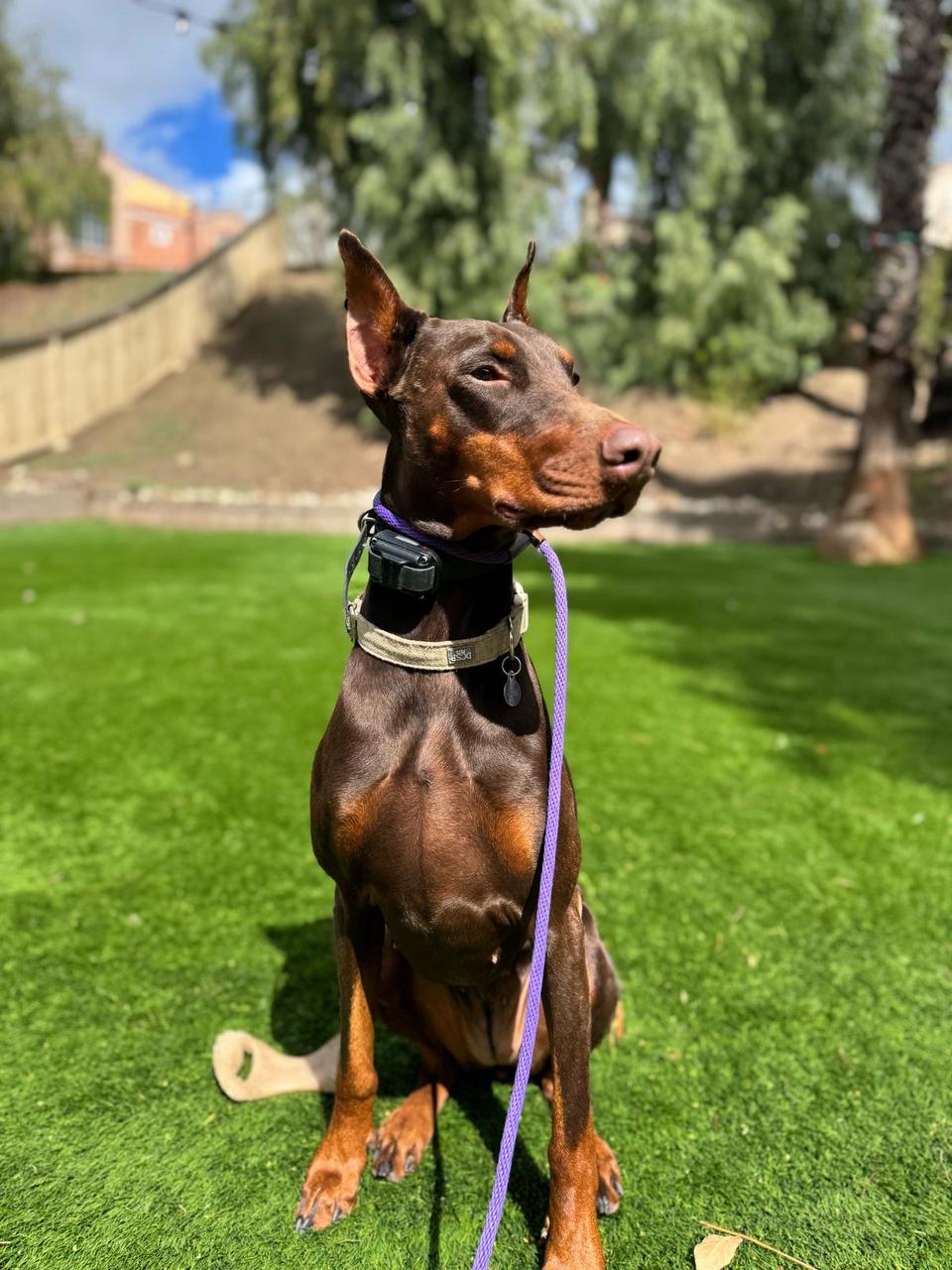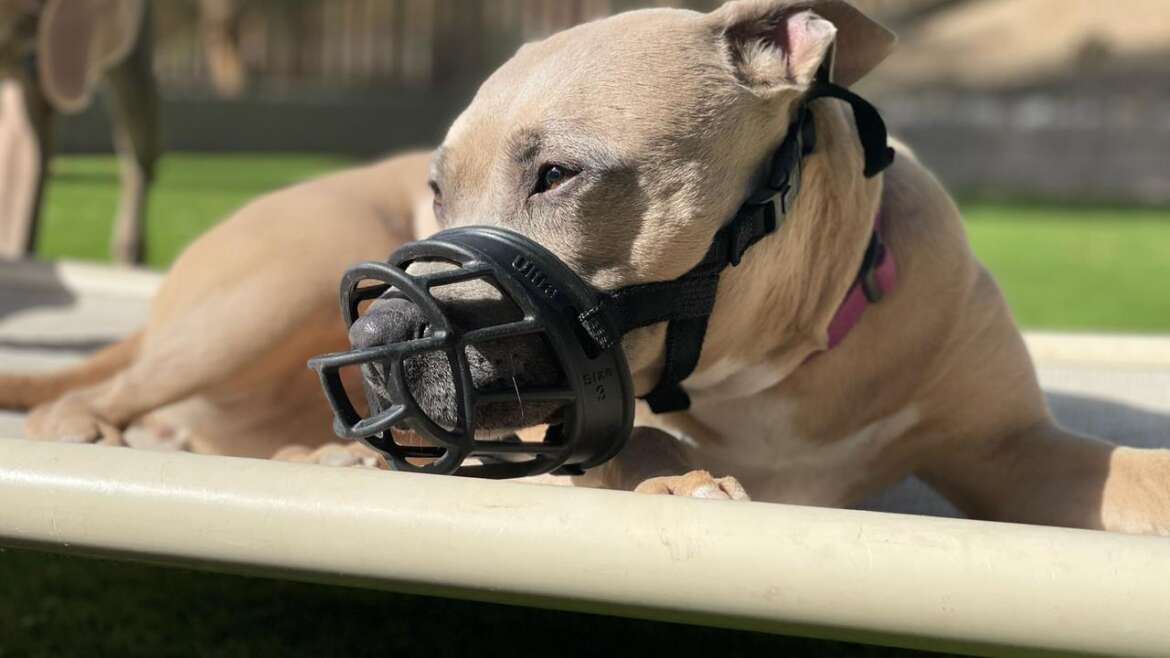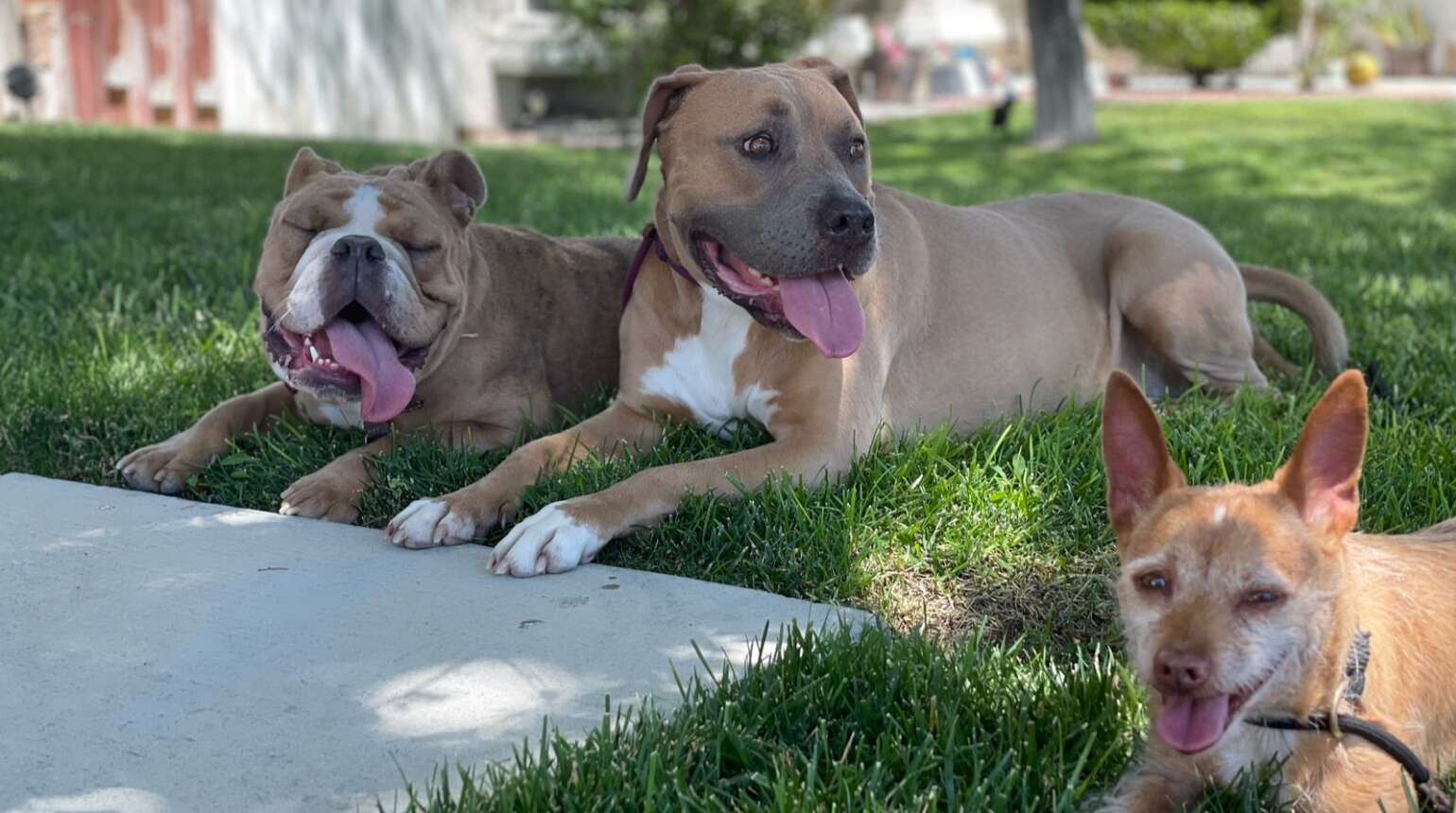Part 2
If you haven’t yet read part one, that is where I talk about the use of other tools and what I prioritize when teaching. Maybe starting there would give better perspective, click here for the part one.
Here is part two.
Food: If you ever watched any videos that I post on social media, you will quickly realize that I hardly ever use food as a tool when working with dogs. In my experience food tends to hype up dogs or get them tense, therefore, in my mind, the use of treats when teaching is actually counter productive. Nevertheless I do use the scent of food when working with dogs. And that is an amazing way to use it when teaching. Since the nose controls at least 50% of a dog’s brain, I often say that ‘when you get the nose, you get the dog”. What I mean by that is by using scent to unlock the mind of a dog can be extremely helpful in creating trust. The nose brings out the curiosity in dogs. They are inquisitive beings, so once you spark their curiosity it becomes much easier to connect with them. The nose invites them to follow, but if we then give them the food, that curiosity gets replaced by hunting (or fight) and not by teaching them something. Many trainers use food when working with dogs, it is an easy way connect. I often feel like it is a bribing tool. Sure if one wants a dog to do tricks, like jump through hoops or dance, a bribe is the way to go since these are not “normal behaviors” that you would expect dogs to do on their own. But if one is trying to connect and create a clear path of communication, I believe that using treats is counterproductive. It awakens the predator without opening the mind.
Toys: Play is essential for socialization. It is true in dogs as it is in humans. Often times you will witness an interaction of one dog bringing a toy to another as a way to introduce themselves. Some do it in a dominant way, some do it in a playful way, I use toys to teach the best energy for one introducing one’s self. For example, if a dog is resource guarding, I will use the toy to teach what state of mind will get him what he wants and what state of mind will not. Sure one can do it with food, but I find that starting with something less “primal” makes a huge difference in the outcome. Working dogs do amazingly well working for toys. Another great exercise is using toys for self control. Can your dog lay on a bed while you though a ball? If not, then practice until they can. This is a great way to teach high prey drive dogs not to go after things that move, while no one gets hurt if the dog makes a mistake.

Ecollar: This maybe an even more controversial tool than the muzzle. Ecollars have gotten a very bad reputation for the past few years. Most of it underserved. An ecollar in this context is an electric shock collar. A tool that was initially created to train hunting dogs. Many people equate an ecollar to torturing a dog. Usually the refrain is that since you wouldn’t use an ecollar on a human, then it is automatically unfair to use it with a dog. I can see the point, however, understanding that a tool is “a device or implement, especially one held in the hand, used to carry out a particular function” and that humans do not usually learn best with pressure on their neck, or by being bitten, then the response is that we use a myriad of tools to teach our young that we wouldn’t use on a dog. Give a pacifier to dog and it will, most likely, not be used as it was intended. Put a saddle on a human and chances are, they will not have the same response as a horse, give cat nip to a human and the results will, most likely, be very different than when given it to it’s intended audience. The sensation of an ecollar is very similar to a bite. Hence why it makes sense to dogs and not humans.
Like any tool, when used correctly, it can be an amazing communication instrument since the ecollar is very precise. Nevertheless, it is indeed a very powerful gadget and many, many trainers do not really know how to use it. A vast majority of people use it as an aversion tool, meaning, they tap the ecollar when the dog is doing something they are not supposed to. However, if the dog does not know what to do with that sensation, then the ecollar will, in all likelihood represent fight-flight. Like any other tool, one has to be taught how to use and what it means to use it. In my world an ecollar tap means the same thing as leash pressure, which means the same as human touch: follow, surrender, or give space. One must teach the dog what to do with the energy inside of them and what information is being imparted when they feel the sensation of an ecollar. It is the exact same process as teaching a dog to surrender to leash pressure or human touch. No more, no less.
There are a myriad of tools out there that insist that they will “fix” your dog’s behavior. I haven’t found one yet that achieves that. Tools are here to help us complete this or this task. In dog behaviorism or training the rules are the same. No tool is going to be the panacea when communicating with another being, these implements are there to assist us. They can also hinder when not used correctly. Our job as humans is to work within Dog Psychology first, meaning checking our energy and our intention before starting any type of teaching, and then find tools that help us better communicate with our furry friends and/or find tools that will help them be successful. The devices that I have listed here help me everyday in achieving my intention of creating balance within my pack. So far, none of them have let me down. Yet, I know that they alone wouldn’t achieve the same goal as me. They assist me in reaching the dogs, in a way that makes sense to them, even if they make little sense if they were used on me.
Happy training!



